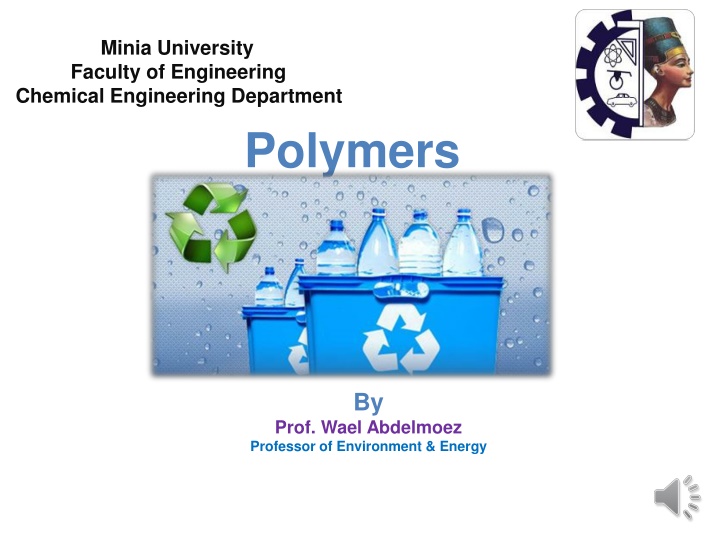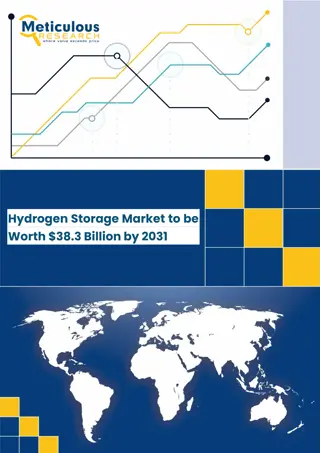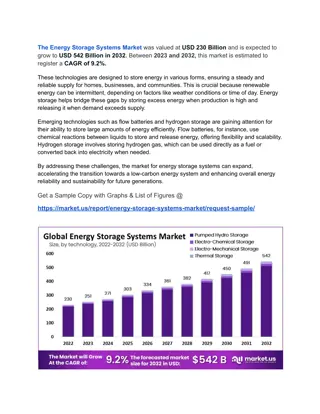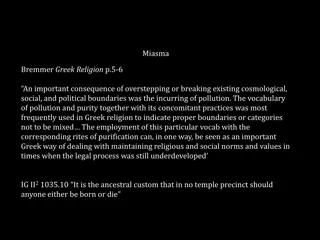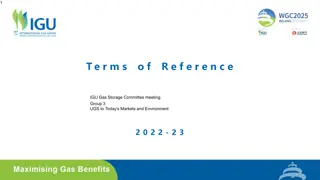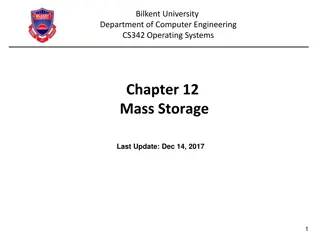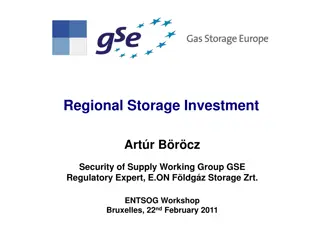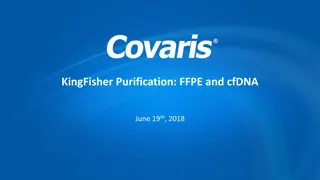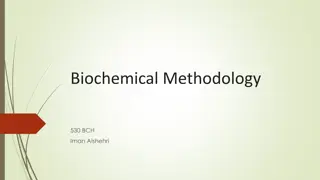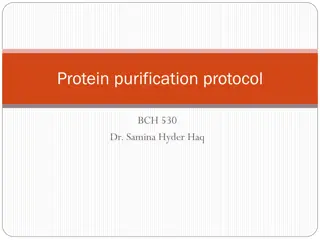Propylene Storage and Purification System Overview
This comprehensive document provides detailed information on the propylene storage and purification system. It covers the design, safety measures, flow charts, and equipment used in the process. The system aims to ensure the purity of propylene by removing impurities such as oxygenated compounds, dienes, sulfur compounds, and acetylene. Various safety measures are also outlined to maintain the integrity of the storage system and equipment.
Download Presentation

Please find below an Image/Link to download the presentation.
The content on the website is provided AS IS for your information and personal use only. It may not be sold, licensed, or shared on other websites without obtaining consent from the author.If you encounter any issues during the download, it is possible that the publisher has removed the file from their server.
You are allowed to download the files provided on this website for personal or commercial use, subject to the condition that they are used lawfully. All files are the property of their respective owners.
The content on the website is provided AS IS for your information and personal use only. It may not be sold, licensed, or shared on other websites without obtaining consent from the author.
E N D
Presentation Transcript
Minia University Faculty of Engineering Chemical Engineering Department Polymers By Prof. Wael Abdelmoez Professor of Environment & Energy
PROPYLENE STORAGE The minimum concentration of propylene in feed stream 99.5% and the rest is impurities (CO, CO2, O2and water) -The sphere design capacity is +1800 tons at maximum level 19 meters. -The normal operating condition of sphere is varying according to whether but it s around (P=12.24 kg/cm g and T=25 C).
Safety in the system 1)If the pressure inside the storage where : +P=17 bar open Pressure valve Deluge system +P=18 bar open Safety valve 2)Firing Melt Fusible rubber tube 3)Leaking Open Read by open Gas Indicator Deluge system
PROPYLENE PURIFICATION -The purification system is designed to remove poisons and impurities which affect on reaction system. -The following are the typical impurities present in feed propylene to the purification system: Oxygenated compounds:CO2, CO, O2, H2O, CH3OH Dienes: Propodiene, Butadiene Sulfur compounds: H2S, COS, Mercaptans Acetylene: C2H2 But the common impurities in our feed stream are: oxygenated compounds.
Degassing column Condenser -The propylene flow passes through a Degassing Column: 1)equipped with a Water Condenser at the top, and steam reboiler at the bottom. Reboiler 2)Where Lighter gaseous impurities (CO, CO2, O2) (0.1 to 1% of total feed) are stripped from feed propylene in degassing column by simple distillation process 3)The degassing column is safe guarded against over pressure by two safety pressure relief valves Heat exchanger
Dryers Cooled propylene then flows through one of the two parallel Dryer Vessels for removal of water, methanol, and other polar compounds. -The dryers contain fixed beds of Union Carbide Molecular Sieves which remove polar impurities by physical adsorption. -The physical adsorption process depends on the pore size of the Molecular Sieves (10Ao) and wander val forces which making weak interaction between adsorbent and adsorbant Fixed bed Molecular sieve 10 A
Catalyst Catalyst . The first linear polypropylene polymer was prepared from a mixture of tri-ethyl aluminum and titanium tetrachloride (Ziegler catalyst) in the early 1950 so the reaction is called Ziegler-Natta catalyst/co-catalyst. So the secret here is the reaction between catalyst and co-catalyst which form a complex which have the free radical or free orbital. German , Karl Ziegler for his discovery of these titanium based catalysts, and Italian Giulio Natta for using them to prepare stereo regular polymers , were awarded the Nobel Prize in Chemistry in 1963. 11
Catalyst Catalyst Feed System (SHAC) System : SHAC abbreviation of SUPER HIGH ACTIVITY CATALYST. The catalyst is slurry (a combination of white mineral oil and solid catalyst) arrives in special drums (208 liters) 40 %wt. slurry in mineral oil. These drums are placed on a drum roller to maintain suspension prior to pumping into the slurry feed tank. The slurry feed tank is an agitated vessel used to keep the slurry in suspension, and to provide feed to catalyst pump. 12
The TEAL flow is controlled by adjusting the TEAL pump speed.
Teal SYSTEM 14
The nitrogen take-off going to the TEAL system should be as close to the N2 purification as possible to minimize any potential for N2 contamination. The nitrogen supplied to cylinder not submerged but TEAL line is submerged through dip tube. The nitrogen supplied pressure to cylinders is regulated from (7.0- 2.5)kg/cm2 The emergency shut down system is supplied by logic to protect the TEAL system in case of fire, H2O or O2 in nitrogen supplied and manual. 15
TEAL is pressured from supply cylinders (one on service and the other is standby) with nitrogen to the TEAL feed pot. The TEAL feed pot acts as a surge capacity for the TEAL charge pumps which feed the reaction system and also serves as a level detection device for indication of an empty TEAL cylinder. Normally the TEAL feed pot is completely liquid full. When the TEAL cylinder runs empty, the level will begin to drop in the TEAL feed pot. A low level device on the TEAL feed pot will activate an alarm at approximately 90% in the control room. 16
*All vent from the TEAL system are routed to the seal pot through dip tube and combined with mineral oil to produce a non pyrophoric solution. The Seal Pot vents to the TEAL burn pit. *Mineral oil is pumped from supply drums by the mineral oil drum pump to the seal pot for TEAL vent dilution or to the mineral oil blow tank for use in TEAL system flushing. *The Seal Pot must be emptied after it becomes 60% (10 wt.%) Then the Seal Pot must refilled again to 38 % mineral oil level to make non-pyrophoric solution. 17
So the seal pot serves as a seal between the process and the atmosphere. It also serves as a collection vessel for residual TEAL and mineral oil. Periodically, the seal pot contents are drained to the disposal tank. Then the content must drained to disposal tank where it should be purged free of air and water before any of the mineral oil/TEAL solution is drained from the Seal Pot. 18
